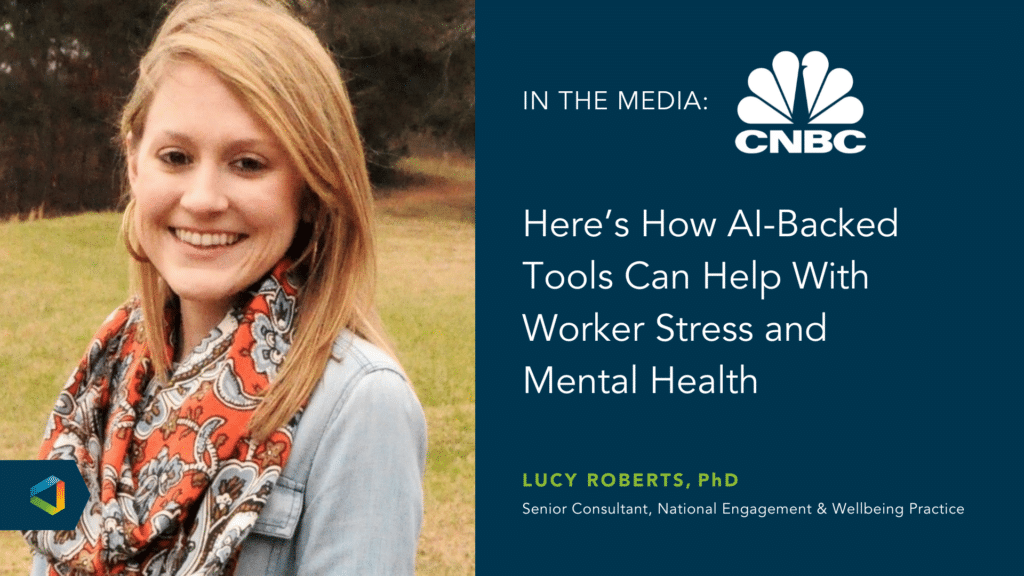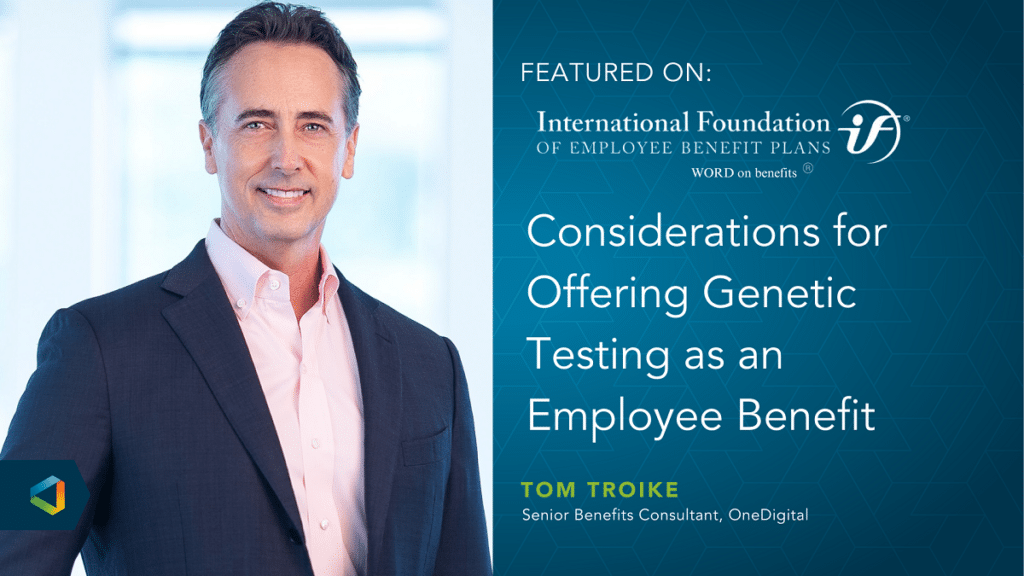Typically when people ask me, “So, what do you do?” and I tell them, “Compliance,” they give me a look somewhere between, “Why would you want to do that?” and “Oh, no, maybe I’m doing something wrong… wow, look at the time… gotta run?” Well, as of late, I’ve become a lot more popular.
I was in the grocery store minding my own business Sunday when I was approached by a “face acquaintance.” You know… a person you recognize by face and say “hi” and add a few other pleasantries but don’t really know them or their name. Beginning the conversation, I had a sense of something completely different. Before I knew it, we were having an in-depth discussion in the middle of the deodorant aisle regarding the Affordable Care Act (ACA), general health care, insurance, health policy, legislation, and the future of health care.
This is now an everyday occurrence. The big questions from employers sponsoring group health coverage are, “What is going to happen?” and “What do I need to do now?” I’ll address both questions for you with the information that we currently have.
Congressional Focus
The existing Senate has a total of 12 session days in in the month of December and the House has 10 days. The main focus will be reaching an agreement to fund the government through March, finalizing some legislative items on Medicare, and looking forward to leadership positions in the new Trump Administration. Sweeping changes to healthcare don’t appear to be on their agendas.
Countdown to a Trump Administration
A number of things are becoming clearer as the days progress closer to the shift in Administration. Each day, new leadership appointments and recommendations are showing us the focus and importance of accomplishing the campaign and party platform objectives. The repeal of ACA, as we know it, is the focus of the President-elect and the Republican Party platform, along with reducing the overall cost of healthcare goods and services.
Confirmation of this objective came on Tuesday, November 29, as President-elect Trump nominated Seema Verma, (drafter of Health Indiana, the alternative program to ACA’s Medicaid expansion) for Administrator of the Centers for Medicare and Medicaid Services (CMS); affirming the preference for states to design a Medicaid program that works for them rather than the global expansion found in the ACA.
Additionally, he nominated Tom Price (R-GA) for Secretary of Health and Human Services (HHS). The HHS Secretary is responsible for ACA and its implementation. Trump stated, "Chairman Price, a renowned physician, has earned a reputation for being a tireless problem solver and the go-to expert on healthcare policy, making him the ideal choice to serve in this capacity. He is exceptionally qualified to shepherd our commitment to repeal and replace Obamacare and bring affordable and accessible healthcare to every American. I am proud to nominate him as Secretary of Health and Human Services."
Price is clearly a proponent for repeal and replace. Price’s House bill, H.R. 2300 Empowering Patients First Act of 2015, fully repeals the ACA and amends the Internal Revenue Code, the Public Health Service Act, and the Employee Retirement Income Security Act of 1974 (ERISA) to address healthcare coverage. The bill, without alteration, would:
- Provide refundable tax credits for health insurance coverage and health savings account (HSA) contributions
- Raise annual HSA contribution limits and allow for funds to be used for primary care fees
- Limit the amount of an employer’s contribution to health coverage that is eligible for exclusion from an employee’s taxable income
- For HHS to provide grant money to states for high-risk pools to subsidize health insurance for high-risk populations and individuals
While this is not the only idea out there about what a replacement for ACA could look like, what is clear is that change is ahead.
Potential Changes
Right now, all replacement ideas seem to focus on expansion of HSAs, tax credit of premiums for all individuals, and return of the market rules and conduct (health plan requirements, mandates, and operation) back to the states. These are the key areas to watch as we progress.
There is also agreement that some parts of ACA are beneficial and should stay, like coverage up to age 26 for dependent children. Combining the best parts of ACA into a replacement solution will be key.
While change is imminent, it won’t be quick. There is talk of using the budget reconciliation process to repeal. However, most feel that repeal of all parts of the ACA is unlikely through this process, since the budget reconciliation act can only be used for items that effect revenue and expenses. Market rules are the biggest area of the law that encompass health plan rating, plan design, mandatory coverage provisions, etc., and these are not thought to be eligible for the reconciliation process since they do not deal with revenue or expenses to the government. For that reason, I believe it will take a good amount of time before we see any impact to the actual costs. Additionally, the cost of medical goods and services, state mandates, premium tax rates, market alternatives, and getting carriers back in the marketplaces are items that need to be considered.
Timeline Expectations
Even if they are able to repeal it all immediately, it would take time to implement. Most changes would be prospective to allow for compliance and adjustment. Individuals will still be in their health plans under an annual contract and those, conceivably, will change at renewal dates on or after the implementation date of the changes.
Thinking back to the initial implementation of the ACA, the first few years were all about building the infrastructure - government, carriers, individual, and employers. After three years, the full solution was implemented. This may very well be the same.
My advice to employers is to keep focus on today. The ACA is still the law of the land and employers must still comply with all parts, including the upcoming employer reporting for applicable large employers and small employers with self-funded plans.
We will be here to keep you abreast of the changes as they unfold and what action you need to take to comply. To stay informed on all compliance concerns, download a copy of our 2017 Compliance Webinar Calendar to earmark topics of interest to you and your company in the upcoming year.




